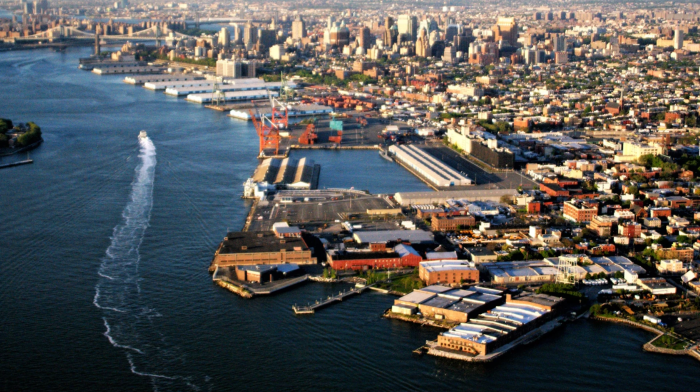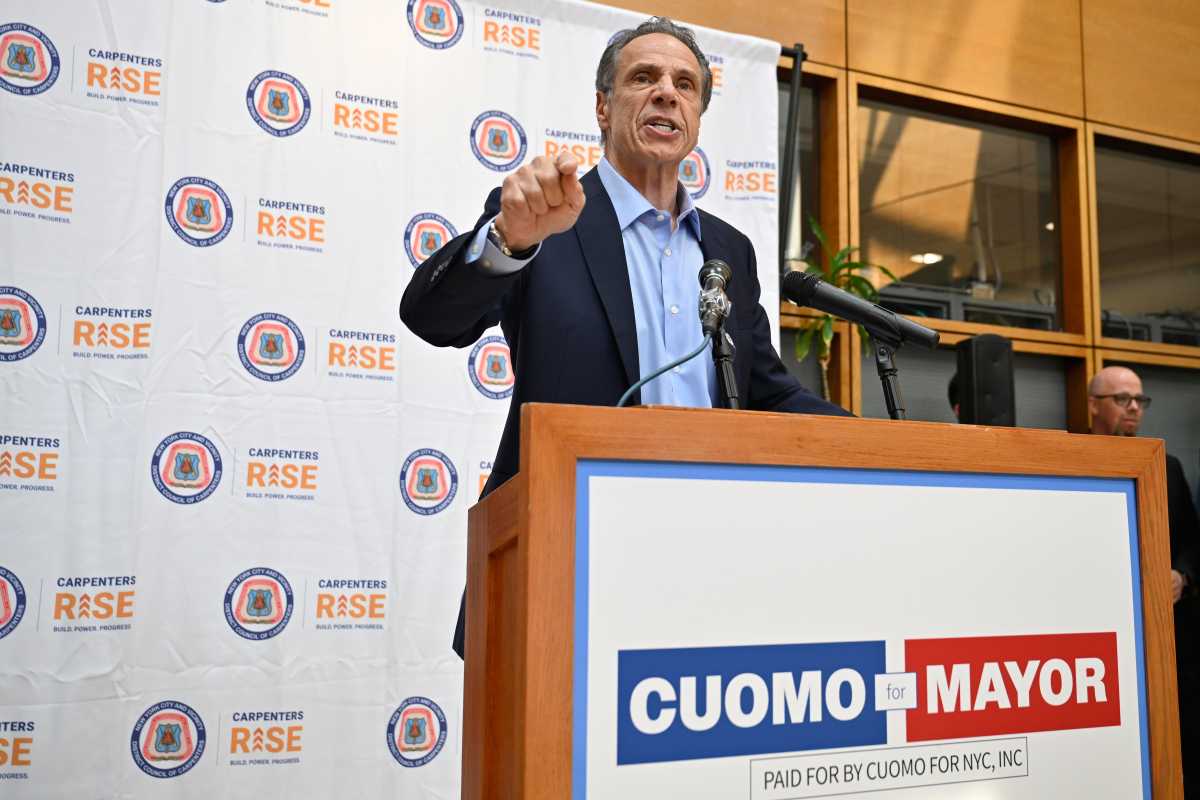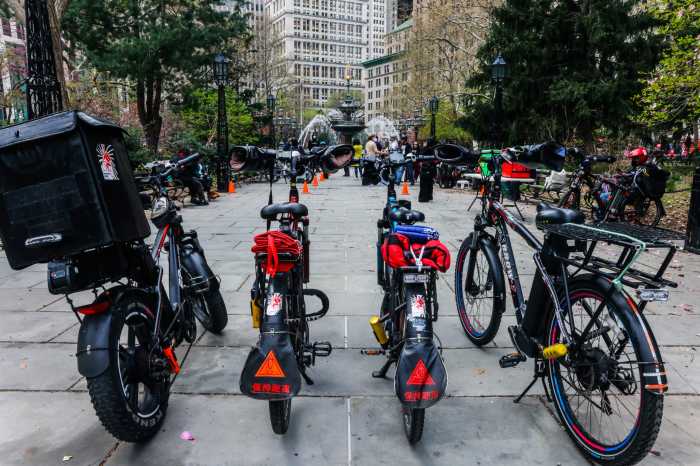The Domino sugar refinery in Williamsburg may be an important relic of 19th-century industrial architecture, but a far better reason for preserving it is the part it has played in the history of Brooklyn and of America.
To know the broader story of this building and of the people who worked in it is to consider questions such as who profited from American slavery, how north Brooklynites survived the Great Depression, why Coca-Cola is sweetened with corn syrup today, where the Metropolitan Museum got all those Impressionist paintings — even how tens of thousands of Puerto Ricans came to live in Williamsburg.
The empty brick-and-stone giant that was built on Kent Avenue in 1882 was the primary source of the Havemeyer family sugar fortune. Along with the Pratt/Rockefeller money, this was one of several great American fortunes to have roots in Brooklyn.
The story starts with brothers William and Frederick Havemeyer, who arrived in New York City in 1799 and built a sugar refinery on Vandam Street. Taking advantage of the worldwide tea-drinking craze (which drove up the price of sugar) and the low cost of sugar cane (which was produced in the Caribbean, originally by slaves), the brothers prospered.
As the Havemeyers built ever larger and more-sophisticated sugar refineries, eventually crossing the East River to Brooklyn for more space in 1856, they began to exhibit the contradictory set of traits that has characterized the family and its endeavors since: technical ingenuity, business acumen, a philanthropic and do-gooding bent, and utter ruthlessness.
While most 19th-century Havemeyer men devoted themselves to improving the sugar-refining process, buying up competitors and cracking the heads of striking workers, William F. Jr., son and nephew of the founders, left the business for a career in politics, saying that he had “no desire to make great wealth, and expressed little admiration for men who made that their life’s aim.”
He served two terms as the mayor of what was called New-York (it did not include Brooklyn then) and was known for his frankness, his naiveté and — oddly enough, considering the source of his personal wealth — his passionate opposition to slavery.
In the wake of the Boss Tweed scandals of the 1860s, the city turned to him a third time, electing him as a reform independent in 1872. When he died suddenly in office in 1874, the New York Tribune paid tribute to his integrity, his cantankerousness and the stubborn impracticality that made him almost entirely useless as a civic leader.
In 1855, eight years after this classic Knickerbocker character was first elected mayor, his polar opposite, Henry Osborne Havemeyer, was born. H.O. was brilliant, and he directed this brilliance toward making great wealth. He modernized and mechanized the sugar-refining business and bought up most of his local competitors.
He later took advantage of the Civil War to relocate most of the nation’s sugar refining capacity to a two-mile stretch of the Brooklyn waterfront that encompassed Palmer’s Dock and the Eastern District Terminal railroad facility. At one point, more than half of the country’s sugar passed through what is now the Domino plant.
An archetypal 19th-century robber baron, H. O. Havemeyer did not let anyone or anything get in his way. If the government prevented him from creating a monopoly on sugar, then he bought a few politicians. Bourgeois morality was no obstacle when in 1883 he grew tired of his wife, Mary Elder, and decided to marry her much younger niece Louisine.
The crowning achievement of H. O. Havemeyer’s life, decades in the making, was the Sugar Trust, a legal monopoly that, in the words of a contemporary, “snaked like a gigantic octopus from the Caribbean to Brooklyn across the United States to the Phillipines.” The Sugar Trust allowed one man to set sugar prices and workers’ wages across an immense industry. In a time when cane sugar was the sole sweetener for baked goods, soft drinks, tea and coffee, the Sugar Trust was practically a license to print money.
Next week: Part II on sugar’s sordid past.
























